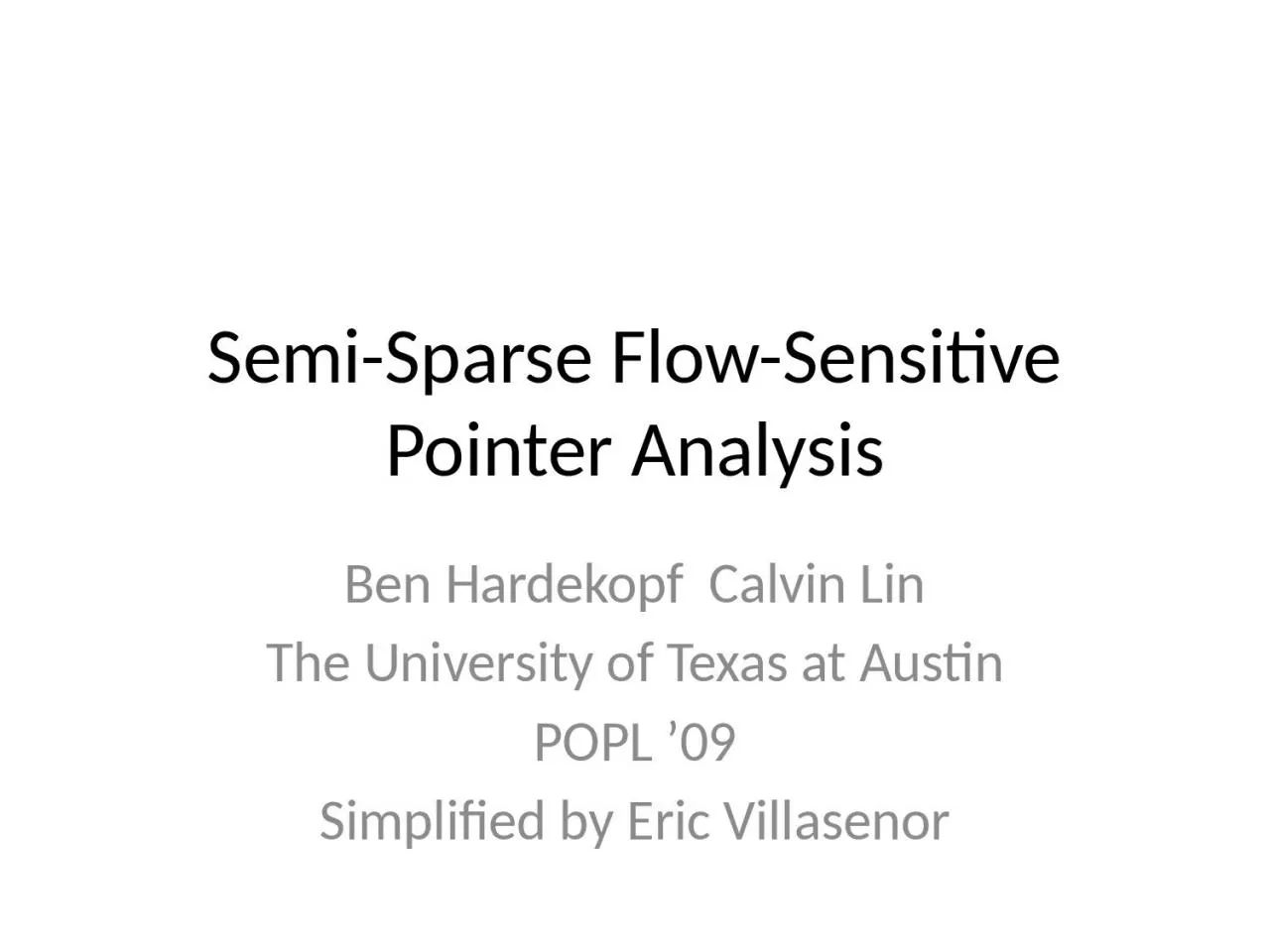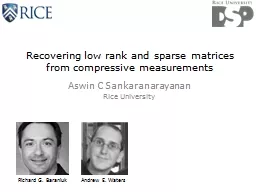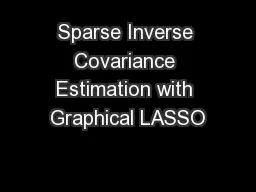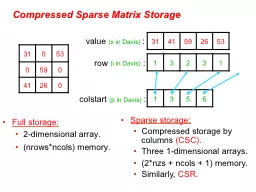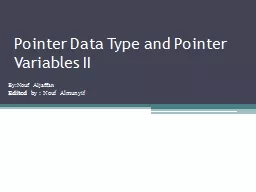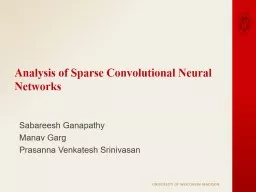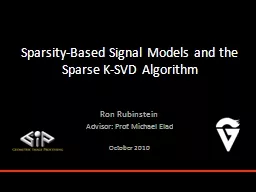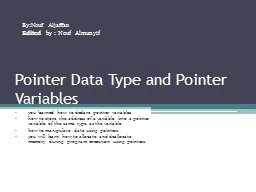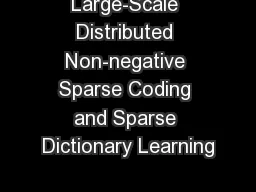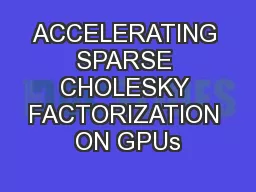PPT-Semi-Sparse Flow-Sensitive Pointer Analysis
Author : audrey | Published Date : 2023-06-25
Ben Hardekopf Calvin Lin The University of Texas at Austin POPL 09 Simplified by Eric Villasenor Overview Background FlowSensitive Analysis SemiSparse FlowSensitive
Presentation Embed Code
Download Presentation
Download Presentation The PPT/PDF document "Semi-Sparse Flow-Sensitive Pointer Analy..." is the property of its rightful owner. Permission is granted to download and print the materials on this website for personal, non-commercial use only, and to display it on your personal computer provided you do not modify the materials and that you retain all copyright notices contained in the materials. By downloading content from our website, you accept the terms of this agreement.
Semi-Sparse Flow-Sensitive Pointer Analysis: Transcript
Download Rules Of Document
"Semi-Sparse Flow-Sensitive Pointer Analysis"The content belongs to its owner. You may download and print it for personal use, without modification, and keep all copyright notices. By downloading, you agree to these terms.
Related Documents

